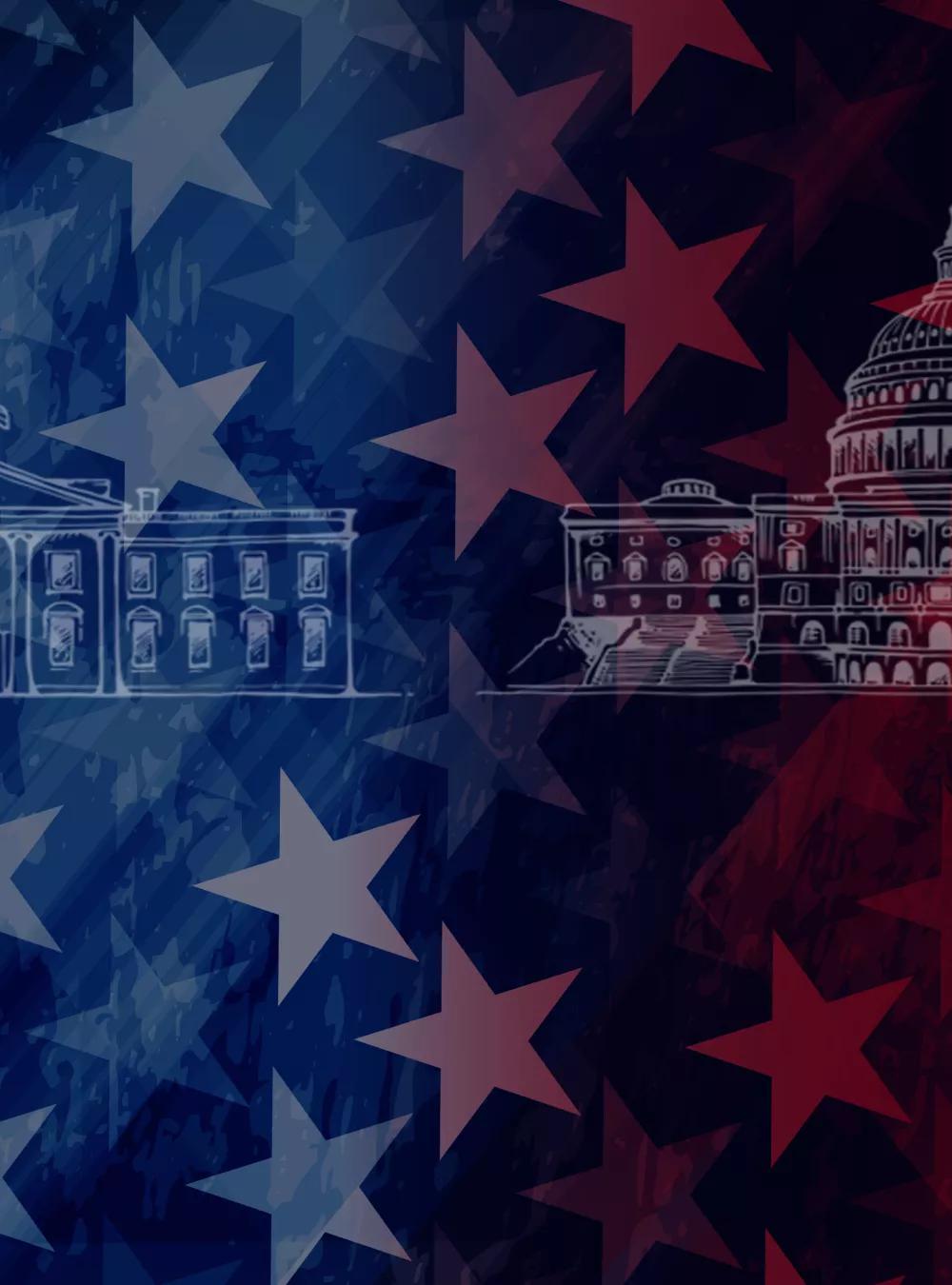Science and technology are central to strategic competition. The steps we take now to address U.S. competitiveness will define U.S. national security and economic prosperity in the coming decades. This paper outlines some of the risks and opportunities.

Delivering the Future: Science and Technology, U.S. Competitiveness, and International Collaboration
What’s the issue? The accelerated pace of science and technology (S&T) has reached an inflection point with our future hinging on multiple emerging technologies simultaneously. While the United States has been on the forefront of such innovation for decades, China has made enormous advances in scientific research and development and surpassed the U.S. in some technologies. China’s rising power in S&T presents enormous risks to U.S. national security and the international order.
What did we do? A cross-MITRE team identified S&T trends and insights from various federal government sectors, the private sector, and research community to develop specific recommendations for the incoming administration.
What did we find? The U.S. will do best if we lean into our own strengths as the world’s leading innovation ecosystem and mobilize our country and partners behind a shared vision for the future. To compete and succeed, MITRE recommends the White House: 1) establish a public-private U.S. S&T Competitiveness Council that focuses on science, technology, innovation, and competitiveness; 2) bring government, industry, and academia and partner nations together to prioritize investments in a sub-set of the highest-priority technologies; 3) leverage the capacity of allies and partners while also mitigating the research security risks in today’s geopolitical landscape; and 4) develop and execute a plan to attract, train, and retain the top talent in the highest-priority fields.